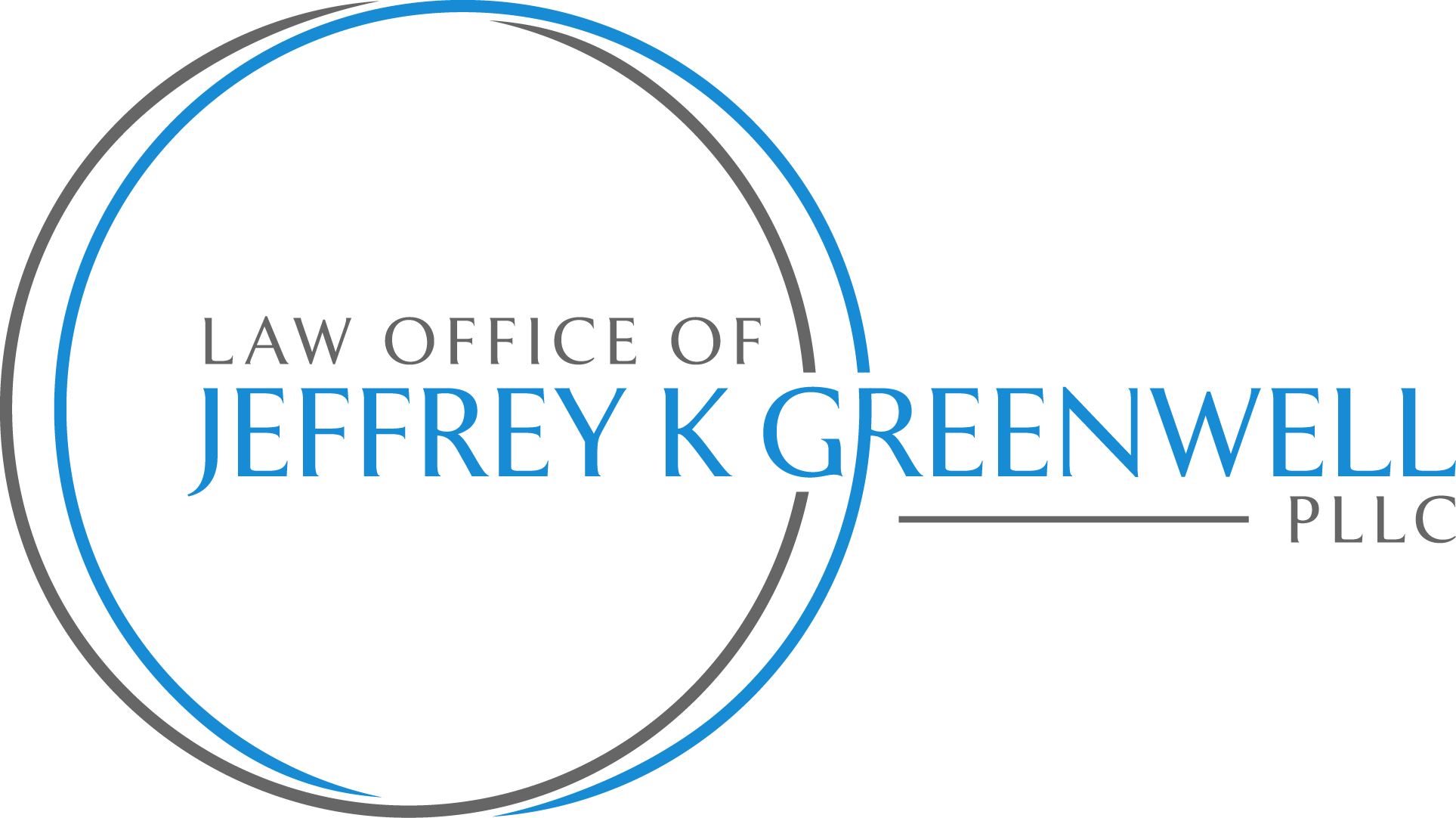Powerful Chapter 13 gives you tools to solve your mortgage problems from a number of different angles. Plus it gives you other tools to deal with tax, support, and judgment liens on your home.
In my last blog I showed how a straight Chapter 7 bankruptcy case can sometimes help you enough to save your home. Or at least it can help you hold onto your home for as long as you need to. But Chapter 7 can only give limited help, sufficient only in limited circumstances. Chapter 13, on the other hand, provides you a much more powerful and flexible package, with a range of tools for addressing just about all debt issues involving your home.
Here are the first five of ten distinct and significant ways that Chapter 13 can save your home. I’ll give you the other five in my next blog.
A Chapter 13 case enables you:
1. … to stretch out the amount of time you get for catching up on missed mortgage payments, giving you as long as 5 years to do so. A longer repayment period means that you can pay less each month, making it more likely that you will actually be able to catch up and keep your home. Throughout this catch-up period, you are protected from foreclosure as long as you stay with the payment program, one that you propose.
2. … to slash your other debt obligations so that you can afford your mortgage payments. The mortgage debt—especially your first mortgage—is highly favored within Chapter 13. So you are usually allowed—indeed required—to pay most of your mortgage payments in full, while being allowed to pay only as much as you have left over towards your “general unsecured” debts—those without any collateral, such as most credit cards, medical debts, and many other types of debts.
3. … to permanently prevent income tax liens, child and spousal support liens, and judgment liens from attaching to your home. This stops these special creditors from gaining dangerous leverage over you and your home.
4. … to have the time to pay debts that cannot be discharged (legally written off) in bankruptcy, all the while being protected from those creditors messing with your home. That applies when the tax, support or other lien was not filed before the Chapter 13 is filed—the example immediately above. But this also applies if the lien is already in place, giving you the opportunity to pay the debt while under the protection of the bankruptcy laws, undercutting most of the leverage of those liens against your home. And at the end of your case, the debts are paid and those liens are gone.
5. … to discharge debts owed to creditors which could otherwise attack your home. For example, certain income tax debts are discharged, leaving you owing nothing. But if instead you had not filed the Chapter 13 case, or delayed doing so, a tax lien could have been recorded on that tax debt. That would have required you to pay some or all of the balance to free your home from that lien. Even most conventional debts can turn into judgment liens against your house after a lawsuit is filed. And certain judgment liens may or may not be able to be taken care of in bankruptcy. If instead you file a Chapter 13 case to prevent these liens from happening, at the end of your case the debt is gone, and no such liens ever attach to your home.
Again, see my next blog for the other five house-saving tools of Chapter 13.

